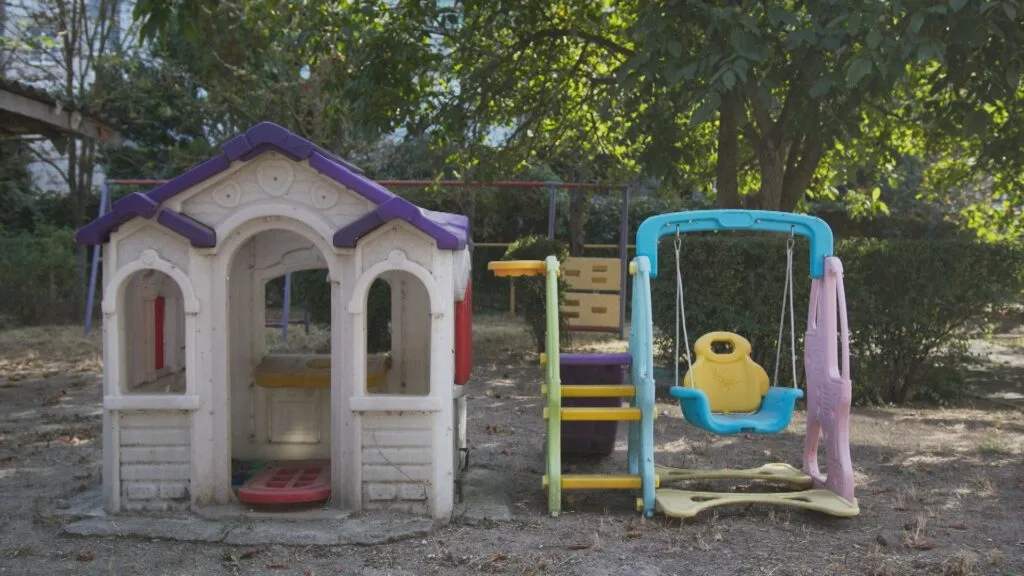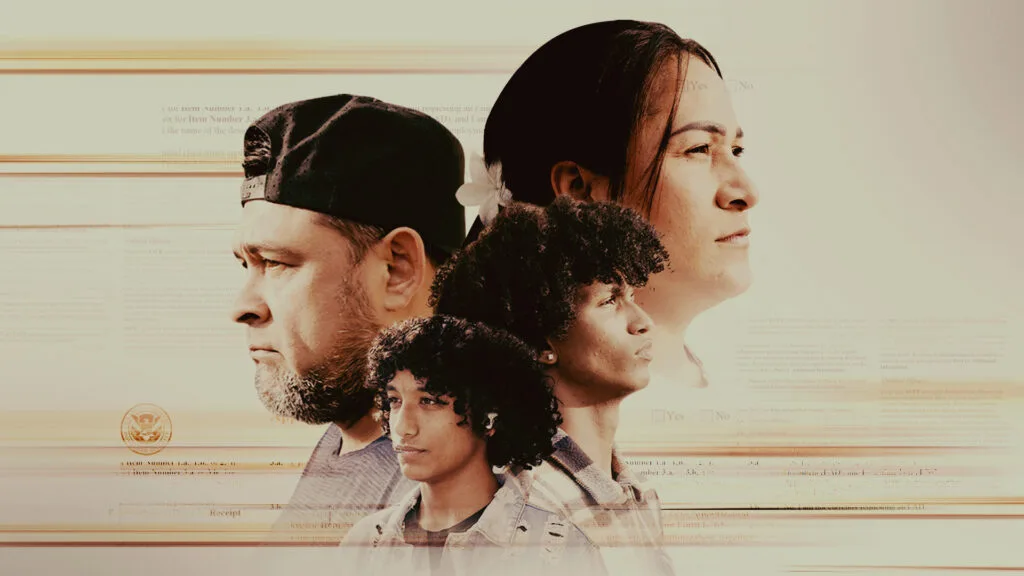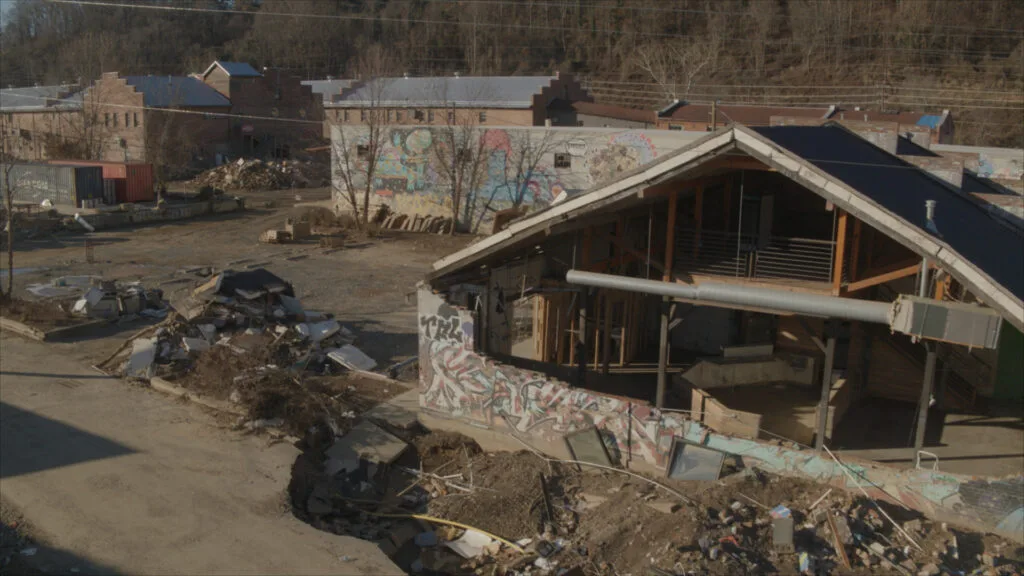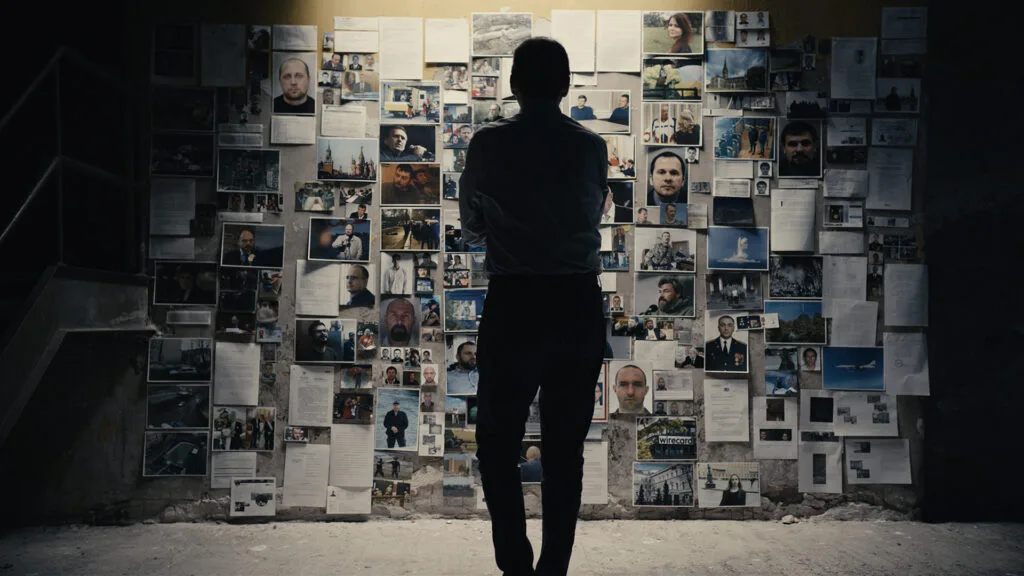The Search for Ukraine’s Missing Children

April 19, 2024
Since Russia’s 2022 invasion of Ukraine began, thousands of Ukrainian children have been taken and held in Russian-controlled territory.
A new documentary from FRONTLINE, Children of Ukraine, examines the fate of some of these young Ukrainians, following families and investigators as they search for missing children and collect evidence of alleged abductions.
Director Paul Kenyon joined The FRONTLINE Dispatch to talk about dueling Ukrainian and Russian narratives about what’s happened to the children, interviewing young survivors of war and trauma, and ongoing efforts to reunite Ukrainian families.
You can watch Children of Ukraine on FRONTLINE’s website, FRONTLINE’s YouTube channel and the PBS App.
Want to be notified every time a new podcast episode drops? Sign up for The FRONTLINE Dispatch newsletter.
Latest Documentaries
Policies
Teacher Center
Funding for FRONTLINE is provided through the support of PBS viewers and by the Corporation for Public Broadcasting. Additional funding is provided by the Abrams Foundation; Park Foundation; the John D. and Catherine T. MacArthur Foundation; and the FRONTLINE Trust with major support from Jon and Jo Ann Hagler on behalf of the Jon L. Hagler Foundation, and additional support from Koo and Patricia Yuen. FRONTLINE is a registered trademark of WGBH Educational Foundation. Web Site Copyright ©1995-2025 WGBH Educational Foundation. PBS is a 501(c)(3) not-for-profit organization.


















